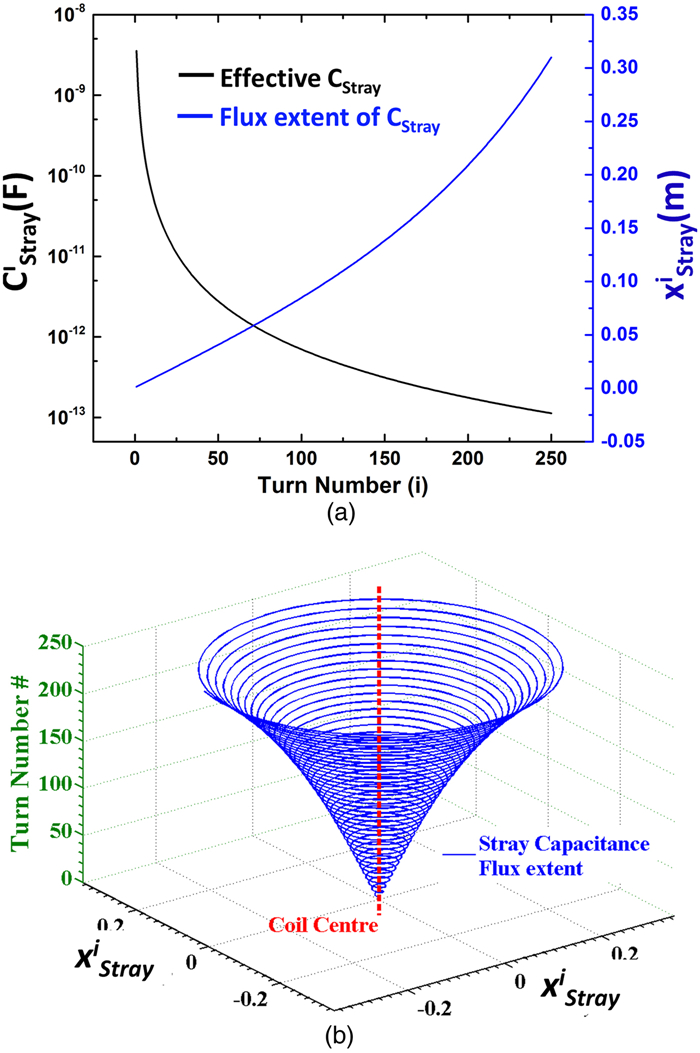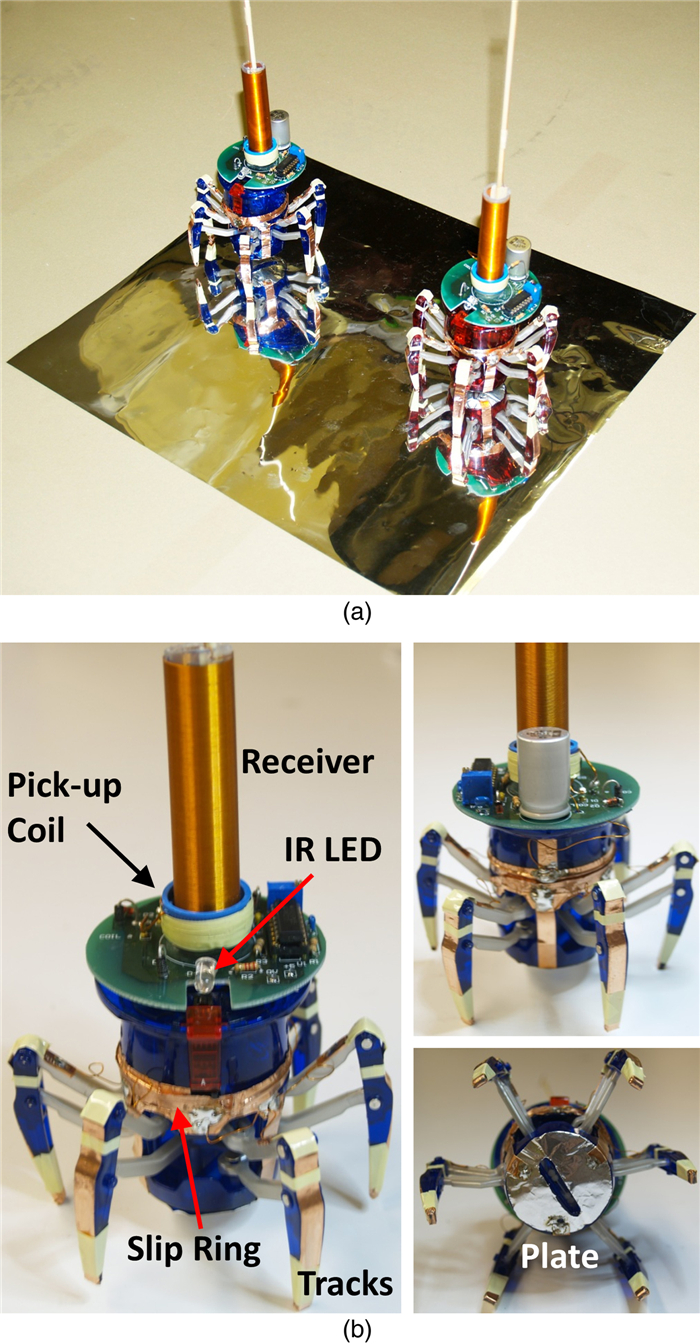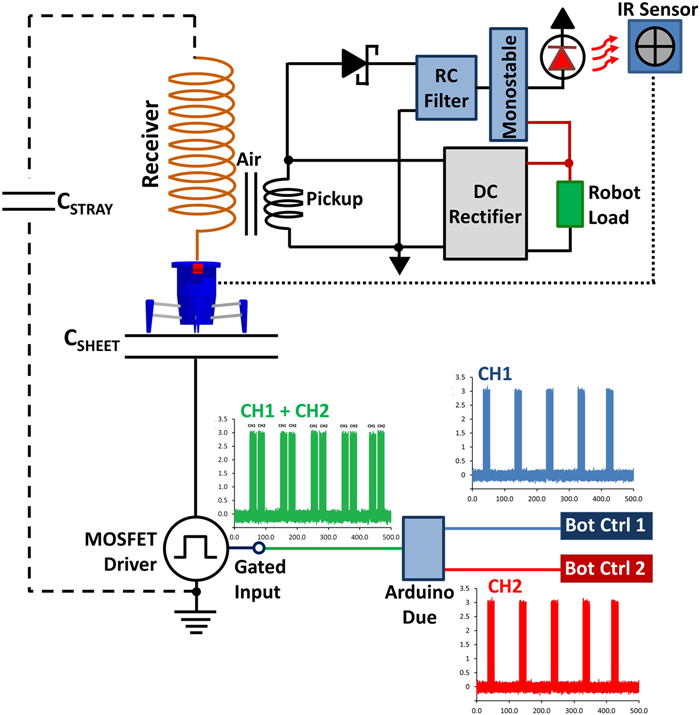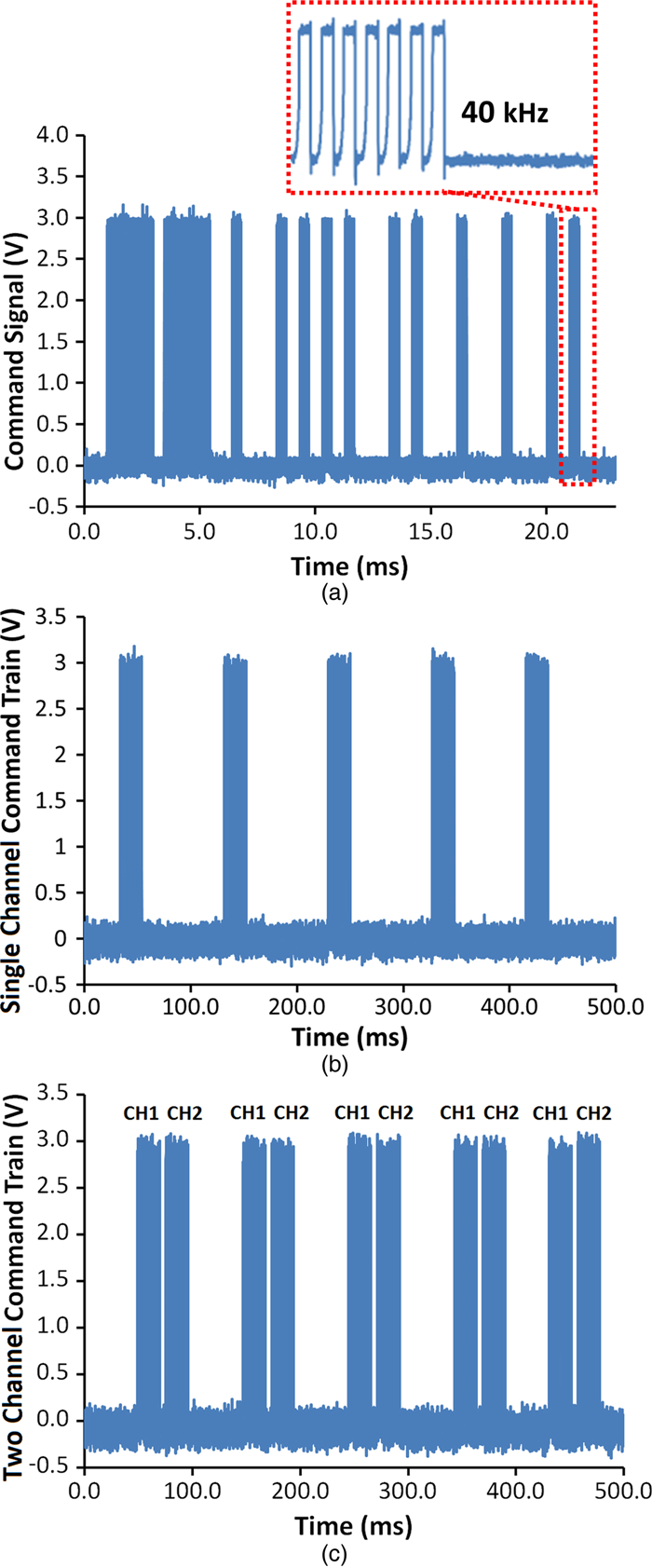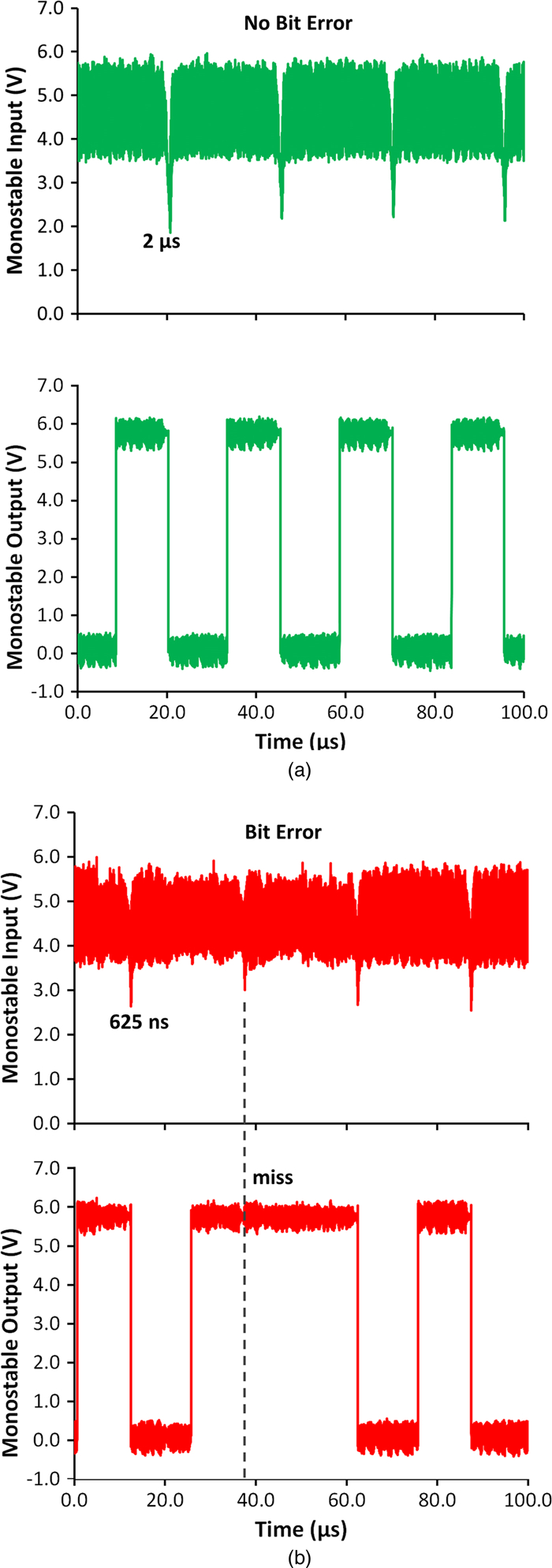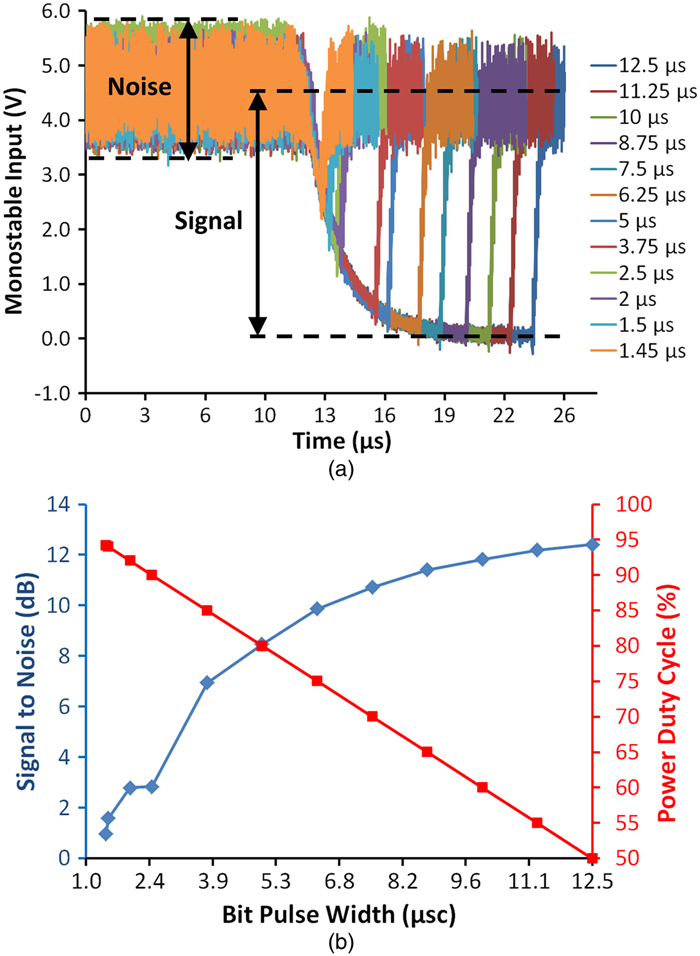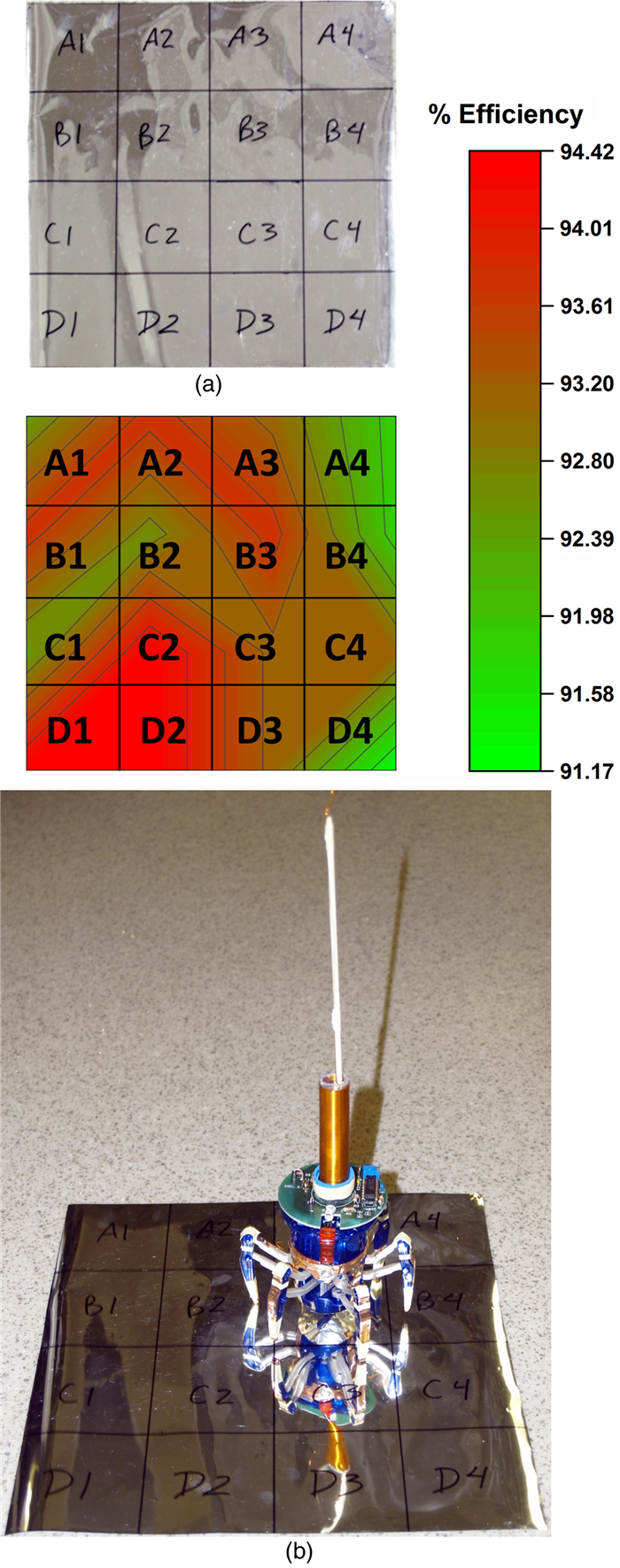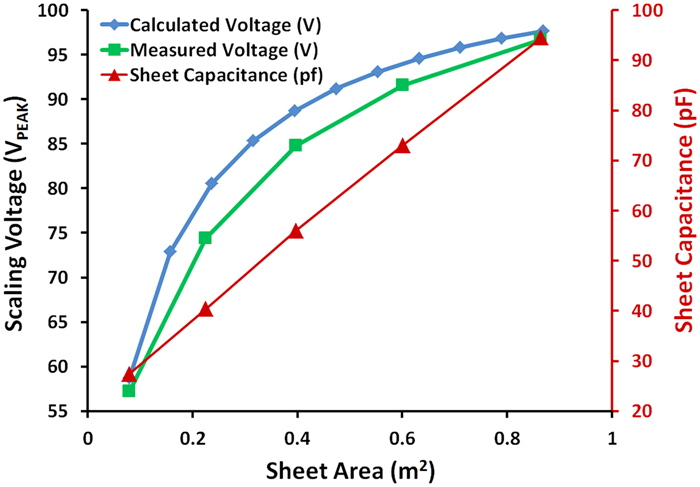Quasi-wireless surface power and control for battery-free robotics
-
Department of Chemical and Materials Engineering, University of Alberta, Edmonton AB T6G 2V4, Canada. Phone: +1 (780) 492-9548
More Information
-
Author Bio:
 Adam Pickering
Adam Pickering is an undergraduate student currently pursuing a Bachelors of Science degree in Electrical Engineering at the University of Alberta. He interned for Dr. Thomas Thundat in the summer of 2014 where he developed wireless techniques for robotics in Dr. Thundat's Wireless Power Transfer Laboratory under the instruction of Dr. Van Neste. His areas of interest include electronics, control systems, and wireless transmission.
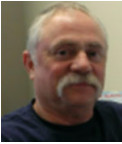 Richard Hull
Richard Hull is a research scientist working in the Chemical and Materials Engineering Department at the University of Alberta. He graduated from Oxford University in 2009 with a degree in Nanotechnology. His initial career was in the aerospace industry as an Electronics R&D Engineer on defense projects dealing with military radar systems in the UK. He later worked for the Canadian Space Agency at SPAR Aerospace in Toronto. His area of expertise includes power electronics, data processing, telecommunications, and robotics.
 John E. Hawk
John E. Hawk received his Bachelors of Science in Physics and Mathematics at the University of Memphis in 2000. While continuing graduate studies in Applied Physics at the University of Tennessee, Knoxville, he began working as a research associate at the Oak Ridge National Laboratory. He is currently pursuing his Doctorate in the Chemical and Materials Engineering Department at the University of Alberta (CERC Graduate Fellow). His areas of interest are mechanical and electrical resonant structures, atomic force microscopy, software development, and theoretical analysis.
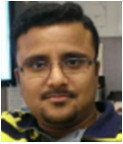 Arindam Phani
Arindam Phani is a CERC Graduate Research Fellow (Ph.D.) at the University of Alberta in the Department of Chemicals and Materials Engineering. His interests lie in fundamental understanding of physics of resonant systems. He is currently studying the role of dissipation in macro, micro, and nano-scale electrical and mechanical resonant systems and developing sensors thereof. His other areas of interest include optical, opto-electro-mechanical transduction, sensors, and measurement devices.
 Charles W. Van Neste
Charles W. Van Neste is a research associate working in the Chemical and Materials Engineering Department at the University of Alberta. He obtained his Ph.D. degree in Electrical Engineering from Tennessee Technological University in 2009. Dr. Van Neste's primary research involves alternative forms of energy generation and transmission. His areas of expertise include wireless and quasi-wireless power transfer, electronics and instrumentation, and electric machine design.
 Thomas Thundat
Thomas Thundat is a Canada Excellence Research Chair Professor at the University of Alberta. He received his Ph.D. degree in Physics from the State University of New York at Albany in 1987. Dr. Thundat is the author of over 380 publications in refereed journals, 45 book chapters, 40 patents, and over 130 invited talks. Dr. Thundat's research is currently focused on novel physics and sensing applications
-
Corresponding author:
C.W. Van Neste Email: cvannest@ualberta.ca
-
Abstract
Current robotic systems have achieved great sophistication in kinematic motion, control, and neural processing. One of the most challenging limitations imposed on modern robotics is the portable power source needed to sustain tether-free operation. Energy storage devices such as batteries and combustion engines may be heavy, require a great deal of space, and invariably have a finite energy capacity. Methods to control such devices may also impose limitations as most robotic systems rely on either tethered or radiative communication. The unavoidable repercussion of these limitations is the ultimate reduction of mobility and operation time to achieve specific tasks. To address these challenges, we apply our quasi-wireless powering methodology to show the operation of two robotic devices over a 1×1 m2 surface. Both power and control signals are transmitted simultaneously, producing seamless storage-free functionality over the entire area with a communication technique that is not line-of-sight or radiation dependent. We demonstrate an average power transfer efficiency of 93% using commercially available toy robots and discuss parameters relating to the power and communication performance.
-
About this article
Cite this article
Pickering AK, Hull R, Hawk JE, Phani A, Van Neste CW, et al. 2015. Quasi-wireless surface power and control for battery-free robotics. Wireless Power Transfer 2(2): 134–142 doi: 10.1017/wpt.2015.15
|
Pickering AK, Hull R, Hawk JE, Phani A, Van Neste CW, et al. 2015. Quasi-wireless surface power and control for battery-free robotics. Wireless Power Transfer 2(2): 134–142 doi: 10.1017/wpt.2015.15
|









 Adam Pickering is an undergraduate student currently pursuing a Bachelors of Science degree in Electrical Engineering at the University of Alberta. He interned for Dr. Thomas Thundat in the summer of 2014 where he developed wireless techniques for robotics in Dr. Thundat's Wireless Power Transfer Laboratory under the instruction of Dr. Van Neste. His areas of interest include electronics, control systems, and wireless transmission.
Adam Pickering is an undergraduate student currently pursuing a Bachelors of Science degree in Electrical Engineering at the University of Alberta. He interned for Dr. Thomas Thundat in the summer of 2014 where he developed wireless techniques for robotics in Dr. Thundat's Wireless Power Transfer Laboratory under the instruction of Dr. Van Neste. His areas of interest include electronics, control systems, and wireless transmission.  Richard Hull is a research scientist working in the Chemical and Materials Engineering Department at the University of Alberta. He graduated from Oxford University in 2009 with a degree in Nanotechnology. His initial career was in the aerospace industry as an Electronics R&D Engineer on defense projects dealing with military radar systems in the UK. He later worked for the Canadian Space Agency at SPAR Aerospace in Toronto. His area of expertise includes power electronics, data processing, telecommunications, and robotics.
Richard Hull is a research scientist working in the Chemical and Materials Engineering Department at the University of Alberta. He graduated from Oxford University in 2009 with a degree in Nanotechnology. His initial career was in the aerospace industry as an Electronics R&D Engineer on defense projects dealing with military radar systems in the UK. He later worked for the Canadian Space Agency at SPAR Aerospace in Toronto. His area of expertise includes power electronics, data processing, telecommunications, and robotics.  John E. Hawk received his Bachelors of Science in Physics and Mathematics at the University of Memphis in 2000. While continuing graduate studies in Applied Physics at the University of Tennessee, Knoxville, he began working as a research associate at the Oak Ridge National Laboratory. He is currently pursuing his Doctorate in the Chemical and Materials Engineering Department at the University of Alberta (CERC Graduate Fellow). His areas of interest are mechanical and electrical resonant structures, atomic force microscopy, software development, and theoretical analysis.
John E. Hawk received his Bachelors of Science in Physics and Mathematics at the University of Memphis in 2000. While continuing graduate studies in Applied Physics at the University of Tennessee, Knoxville, he began working as a research associate at the Oak Ridge National Laboratory. He is currently pursuing his Doctorate in the Chemical and Materials Engineering Department at the University of Alberta (CERC Graduate Fellow). His areas of interest are mechanical and electrical resonant structures, atomic force microscopy, software development, and theoretical analysis.  Arindam Phani is a CERC Graduate Research Fellow (Ph.D.) at the University of Alberta in the Department of Chemicals and Materials Engineering. His interests lie in fundamental understanding of physics of resonant systems. He is currently studying the role of dissipation in macro, micro, and nano-scale electrical and mechanical resonant systems and developing sensors thereof. His other areas of interest include optical, opto-electro-mechanical transduction, sensors, and measurement devices.
Arindam Phani is a CERC Graduate Research Fellow (Ph.D.) at the University of Alberta in the Department of Chemicals and Materials Engineering. His interests lie in fundamental understanding of physics of resonant systems. He is currently studying the role of dissipation in macro, micro, and nano-scale electrical and mechanical resonant systems and developing sensors thereof. His other areas of interest include optical, opto-electro-mechanical transduction, sensors, and measurement devices.  Charles W. Van Neste is a research associate working in the Chemical and Materials Engineering Department at the University of Alberta. He obtained his Ph.D. degree in Electrical Engineering from Tennessee Technological University in 2009. Dr. Van Neste's primary research involves alternative forms of energy generation and transmission. His areas of expertise include wireless and quasi-wireless power transfer, electronics and instrumentation, and electric machine design.
Charles W. Van Neste is a research associate working in the Chemical and Materials Engineering Department at the University of Alberta. He obtained his Ph.D. degree in Electrical Engineering from Tennessee Technological University in 2009. Dr. Van Neste's primary research involves alternative forms of energy generation and transmission. His areas of expertise include wireless and quasi-wireless power transfer, electronics and instrumentation, and electric machine design.  Thomas Thundat is a Canada Excellence Research Chair Professor at the University of Alberta. He received his Ph.D. degree in Physics from the State University of New York at Albany in 1987. Dr. Thundat is the author of over 380 publications in refereed journals, 45 book chapters, 40 patents, and over 130 invited talks. Dr. Thundat's research is currently focused on novel physics and sensing applications
Thomas Thundat is a Canada Excellence Research Chair Professor at the University of Alberta. He received his Ph.D. degree in Physics from the State University of New York at Albany in 1987. Dr. Thundat is the author of over 380 publications in refereed journals, 45 book chapters, 40 patents, and over 130 invited talks. Dr. Thundat's research is currently focused on novel physics and sensing applications 


